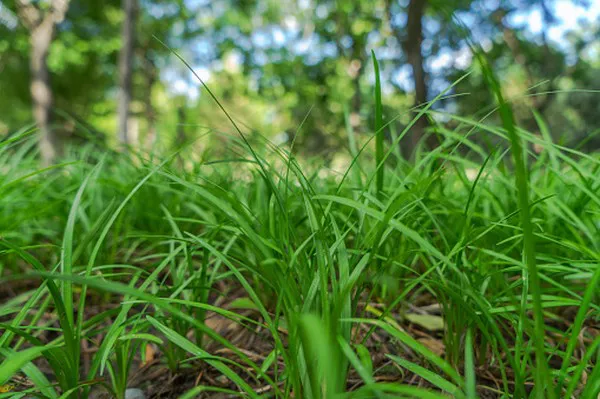As gardeners and plant enthusiasts, we cherish our green companions and strive to protect them from the harsh effects of frost. Frost can pose a significant threat to delicate plants, causing damage and even death if not properly addressed. In this comprehensive guide, we will explore the art of covering plants from frost, offering professional insights, expert advice, and best practices to safeguard your greenery. So, let’s dive into the world of frost protection and equip you with the knowledge to keep your plants thriving in cold weather.
Understanding Frost and Its Effects on Plants
Before we delve into the details of frost protection, it’s essential to understand what frost is and how it affects plants. Frost occurs when the temperature drops below freezing, causing water vapor in the air to condense into ice crystals on plant surfaces. The formation of ice on plant tissues can damage cells, leading to wilting, browning, and even death. Frost can be particularly devastating for tender plants, young seedlings, and tropical species unaccustomed to cold temperatures.
Identifying Frost-Resistant and Frost-Sensitive Plants
In your garden, you may have a mix of frost-resistant and frost-sensitive plants. It’s crucial to identify the different species and understand their tolerance levels to frost. Frost-resistant plants, also known as hardy plants, can withstand freezing temperatures and may even continue to thrive in cold conditions. On the other hand, frost-sensitive plants require extra protection and care to survive frosty nights. Categorizing your plants in this manner will help you prioritize your frost protection efforts.
Selecting Suitable Frost Covers
Choosing the right materials to cover your plants is essential to provide effective protection from frost. Gardeners have a range of options when it comes to frost covers, including blankets, burlap, old bedsheets, frost cloths, and even specially designed frost protection fabric. When selecting a cover, consider its insulating properties, breathability, and ease of use. Properly chosen covers can create a microclimate around plants, trapping heat and preventing frost formation.
Applying Frost Covers Correctly
Knowing how to apply frost covers correctly is vital for their effectiveness. When frost is forecasted, it’s essential to act promptly to protect your plants. Start by watering the soil around your plants in the evening before frost sets in. Moist soil retains heat better, providing additional protection to the roots. In the evening, drape the covers over your plants, ensuring they reach the ground and enclose the foliage completely. Secure the covers in place with stakes or rocks to prevent them from blowing away in the wind.
Monitoring and Adjusting Frost Covers
Once your plants are covered, it’s essential to monitor the temperature throughout the night. If the temperature remains above freezing, you may remove the covers in the morning to allow sunlight and airflow. However, if the frost persists, leave the covers on until the temperature rises above freezing. Proper monitoring allows you to adjust the covers as needed, preventing overheating and providing optimal protection to your plants.
Timing and Duration of Frost Covers
The timing and duration of covering plants from frost play a crucial role in their overall health and well-being. While it’s tempting to keep covers on continuously during cold spells, it’s essential to allow plants to experience natural temperature fluctuations. Uncover your plants during sunny days when temperatures rise above freezing, allowing them to breathe and receive essential sunlight. In extended cold spells, uncover plants briefly during the day and reapply covers in the evening to strike a balance between protection and exposure.
Removing Covers and Post-Frost Care
As the threat of frost subsides, it’s time to remove the covers and assess your plants for any signs of frost damage. Gently lift the covers in the morning, being cautious not to damage any tender foliage. If you notice any signs of frost damage, such as browning or wilting, refrain from trimming affected areas immediately. Instead, give your plants time to recover naturally, providing adequate water and nutrients to support their healing process.
Alternative Frost Protection Techniques
In addition to traditional frost covers, several alternative techniques can help protect your plants from frost. Consider placing containers of water around your garden, as water releases heat slowly, acting as a natural temperature buffer. Mulching around the base of plants can also insulate the roots and protect them from frost. Additionally, installing frost-freeze warning devices can provide real-time temperature data, allowing you to take timely action to protect your greenery.
Conclusion:
The art of covering plants from frost is a delicate balance of protection and care. By understanding frost’s effects on plants, identifying frost-resistant and frost-sensitive species, and selecting suitable covers, you can create a safe and nurturing environment for your green companions. Monitor and adjust the covers as needed, and allow your plants to experience natural temperature fluctuations during sunny periods. With expert advice and best practices, you can protect your plants from frost and ensure they thrive even in cold weather conditions. By implementing these strategies, you will enjoy a flourishing garden year-round, with your plants unharmed by the chilly grasp of frost.


